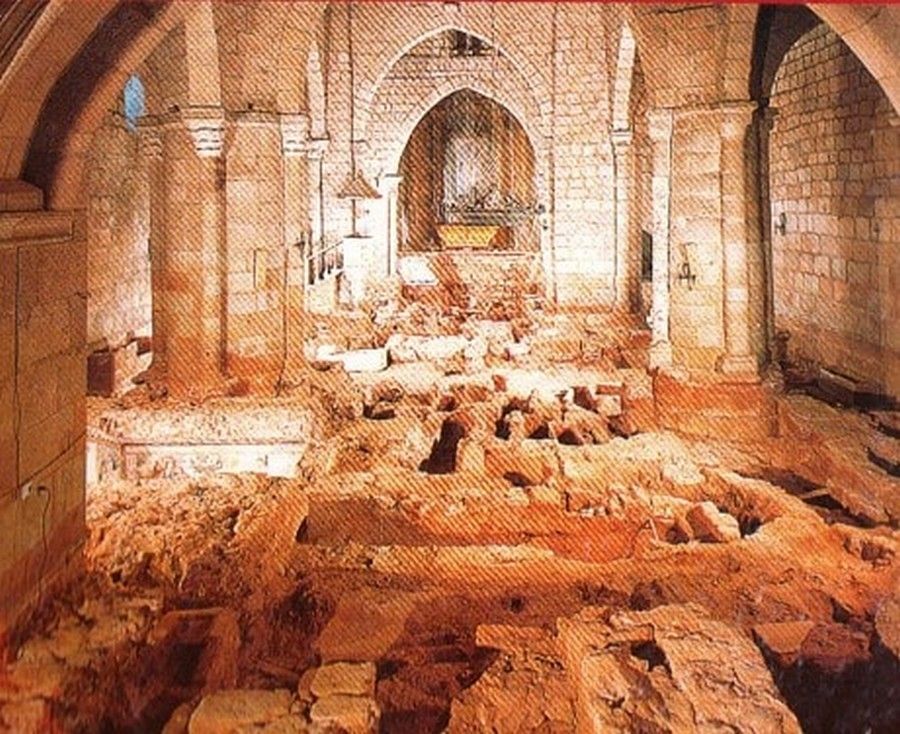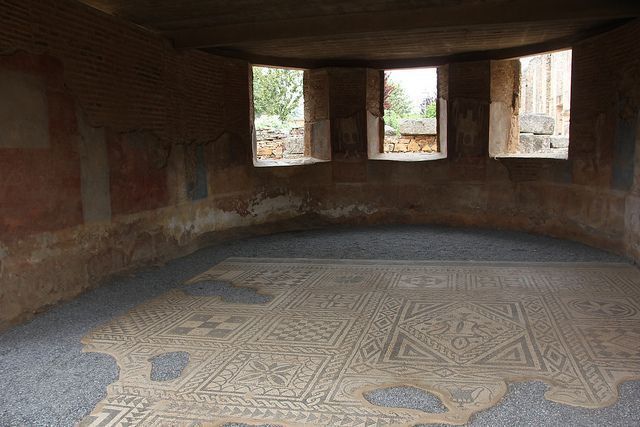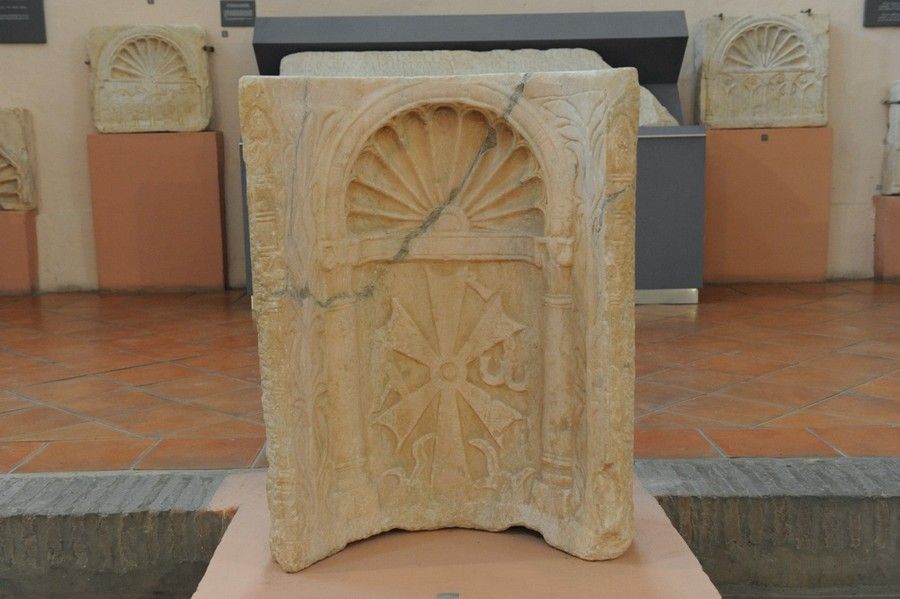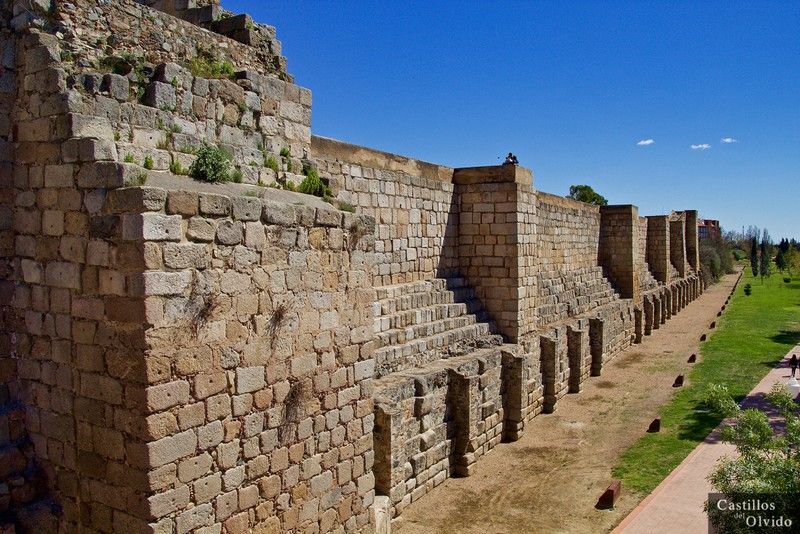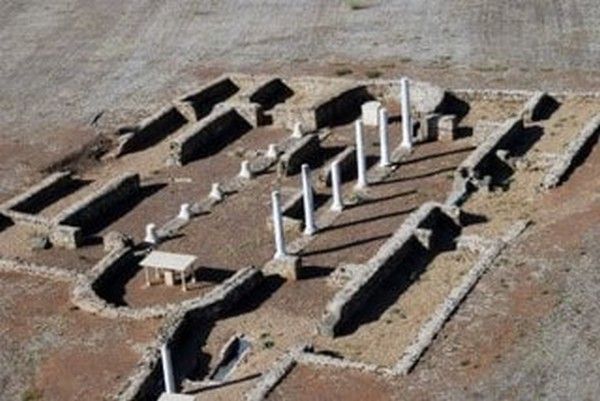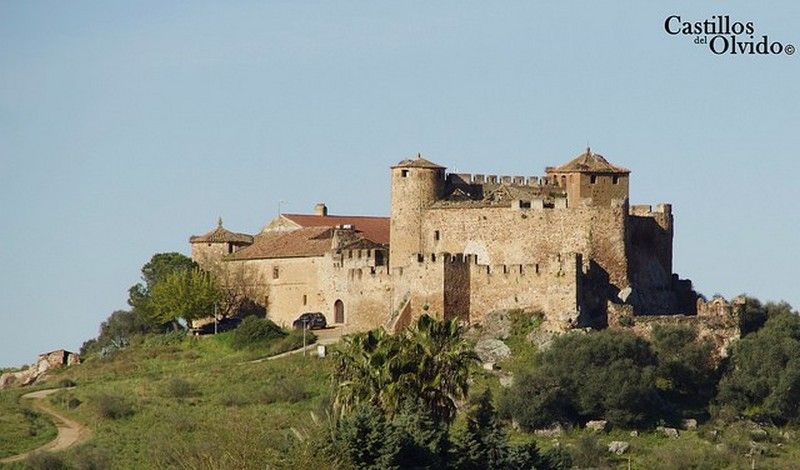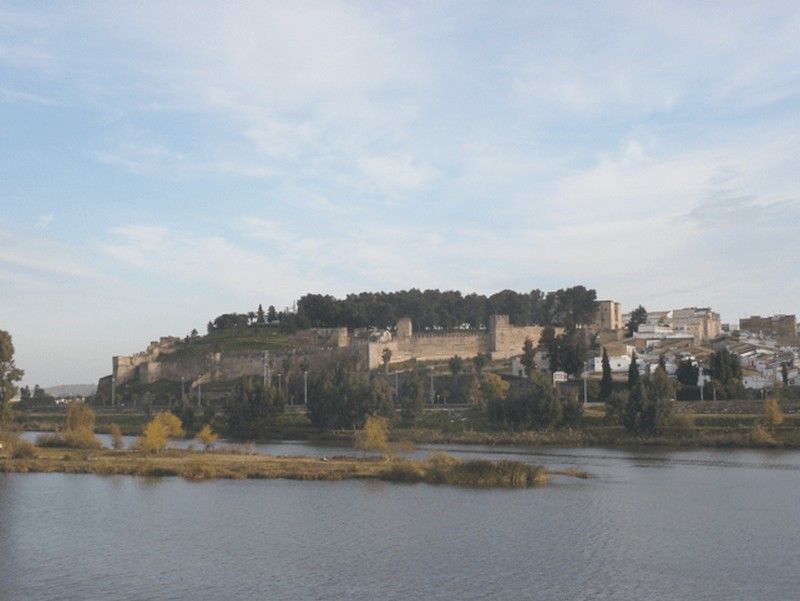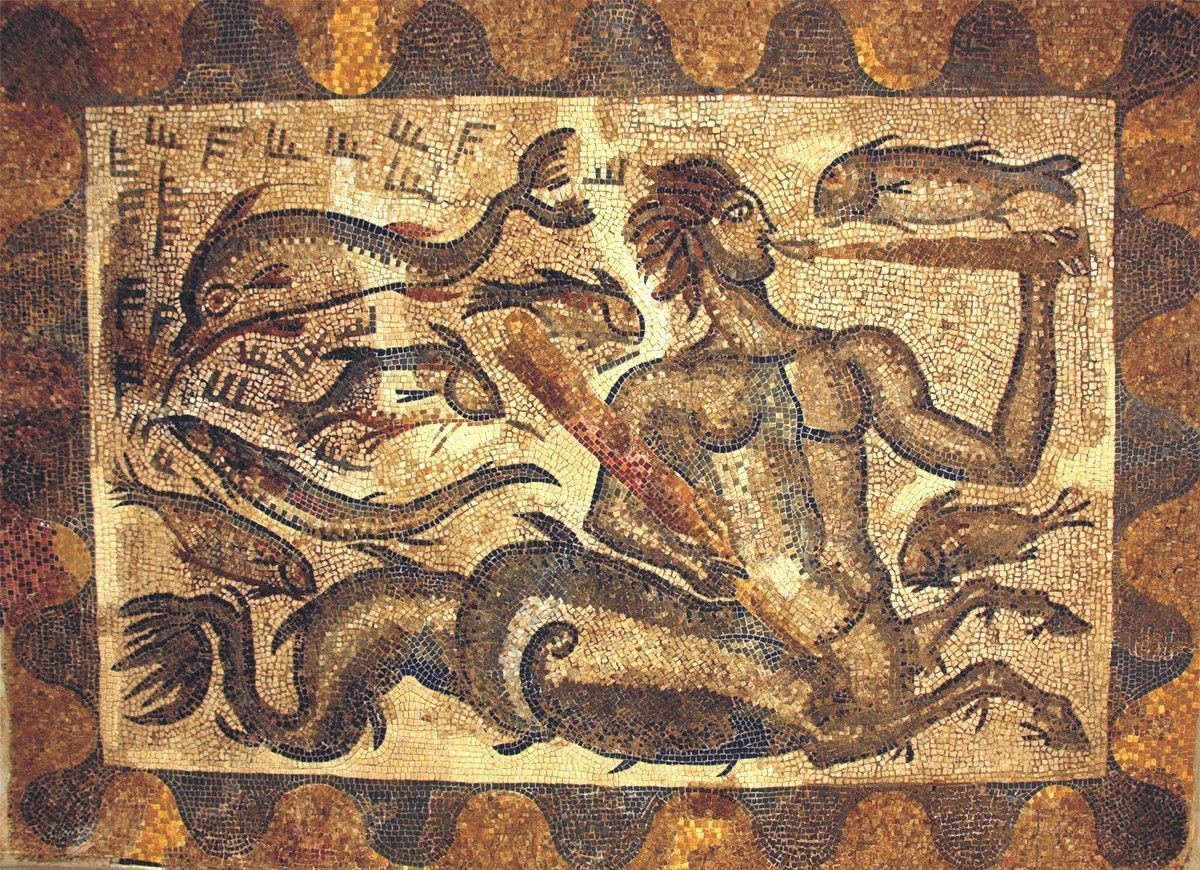XENODOQUIO DE MÉRIDA

Historic environment
The city of Mérida treasures an impressive monumental and archaeological complex. One of the lesser known archaeological remains is the Xenodochium; It is located near the Basilica of Santa Eulalia, to the Northeast. In the second half of the 6th century, when Mérida was one of the main cultural and economic centers of the Iberian Peninsula, Bishop Mausona ordered the construction of a hostel to accommodate the many pilgrims who came to visit the martyrium of the Saint Merida. from all points of the Mediterranean, and also as a residence for the local needy patients.
Since Christianity was accepted by the Roman Empire and established as the main religion (4th century), the urbanism of Mérida was transformed to adapt to the new cult. The Christian temples, the episcopal seat, the tomb of the Martyr and the Xenodoquium, became the main landmarks of the city. The  ulaliense, and also from the road that linked Mérida with Toledo, on an ancient necropolis whose construction materials were reused with new functions.
ulaliense, and also from the road that linked Mérida with Toledo, on an ancient necropolis whose construction materials were reused with new functions.
The Xenodoquium remained in use for about three hundred years, until the end of the 9th century. Under Islamic rule, the already old hostel, then devoid of use, was dismantled almost to its foundations. With the arrival of the invaders, the relics of the Saint were transferred to Asturian lands. A good part of the building was excavated with archaeological methodology at the end of the 90s of the 20th century, the rest is under the ballast that supports the train tracks that connect Mérida with Madrid.
The tradition of building hospitals and hostels can be traced back to classical Greece, a time when part of some palaces were reserved to receive travelers, guests and attendees at divine cults. In Rome the custom was maintained, being financed as a public work and also as a private initiative. Emperor Julian demanded the construction of hospitals to meet the basic needs of the poor and sick in the main cities of the imperial territory.
The Church took over the assistance with the arrival of the Middle Ages. Monasteries, especially, became charitable and medical institutions, as well as religious. The rule of Saint Benedict determined the obligation for monasteries to offer hospitality to travelers, passers-by and the needy of all conditions.
The Xenodoquium emeritense, therefore, is one of the best known archeological and documentary early medieval samples of a hostel-hospital for pilgrims, probably an example that must have been repeated in many other locations during the 6th and 7th centuries.
Description
The archaeological area is located outside the walls, between the Basilica of Santa Eulalia (to the West), the San Lázaro aqueduct (to the East), and the railway line (to the South), occupies a plot of land close to a block of flats and warehouses industrial.
 Only the foundations and walls of the magnificent hospital-shelter have been preserved, which allow us to partially read the plan of the building (it is not fully excavated), understand its spatial organization, and intuit the construction quality of the institution sponsored by Bishop Mausona, one of the most influential figures of his time.
Only the foundations and walls of the magnificent hospital-shelter have been preserved, which allow us to partially read the plan of the building (it is not fully excavated), understand its spatial organization, and intuit the construction quality of the institution sponsored by Bishop Mausona, one of the most influential figures of his time.
The building was divided into two wings (one for a shelter, the other for a hospital) with double height organized around two interior porticoed patios; Between both wings there was a large room with a rectangular floor plan and a semicircular apse that would serve as a church. Facing the apse was a porch through which the residents would access the interior. The design is linked to architectural schemes typical of the eastern Mediterranean, of the Byzantine cultural environment, closely linked to some of the bishops of the Emeritense chair, of Greek origin. Among the exhumed materials, the marble pilasters with vines and carved clusters, symbols of the Eucharist, stand out.
The remains of a quadrangular structure that has been interpreted as a bell tower are preserved in the north corner. The archaeological excavation also facilitated the knowledge of the previous low-imperial Roman necropolis, of which a mausoleum can be seen.
The excavated area is currently integrated into a landscaped space attached to a residential area, respected and valued by the neighborhood.
Victor Gibello for URBS REGIA
Bibliography
Mateos Cruz, P.: “A propósito del edificio identificado como el xenodochium de Masona en Mérida. Aspectos cronológicos y funcionales”, SPAL, 2022.
ID.: “Identificación del Xenodochium fundado por Masona en Mérida”, Actas de la IV Reunión de Arqueología Cristiana Hispánica, Barcelona, 1995.
Portals








